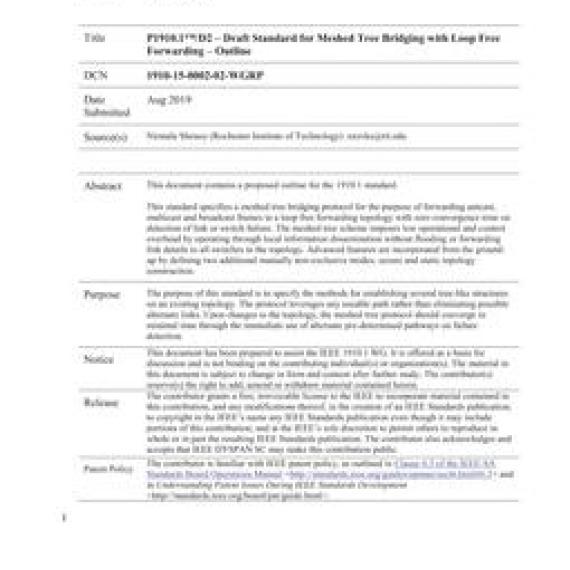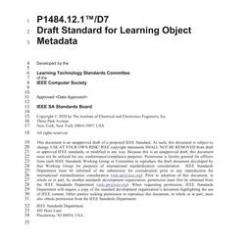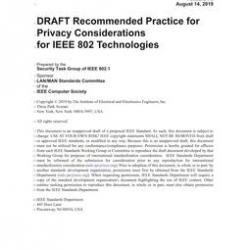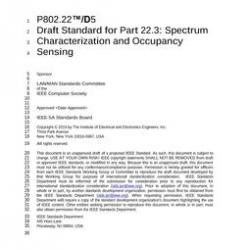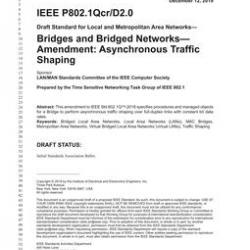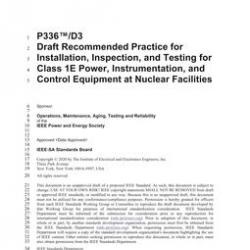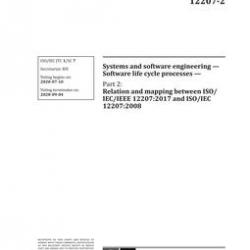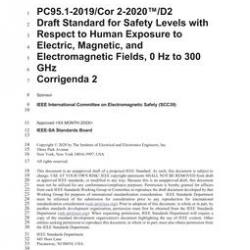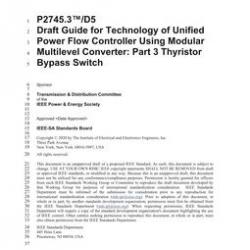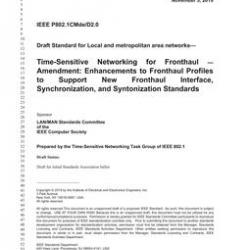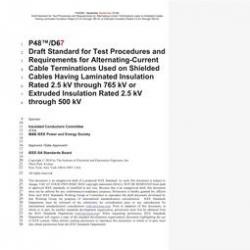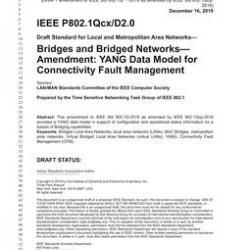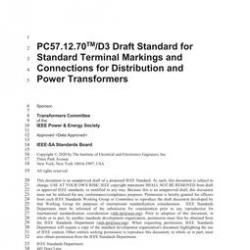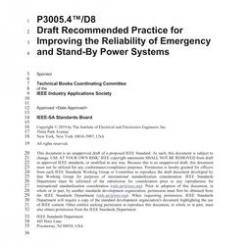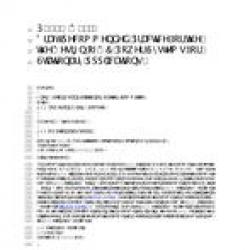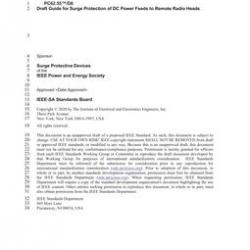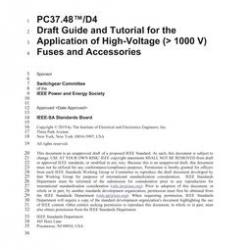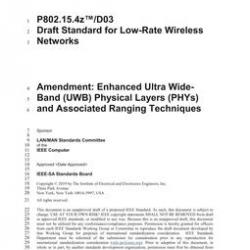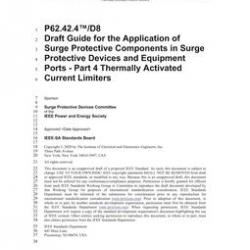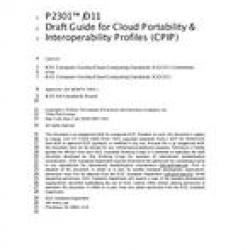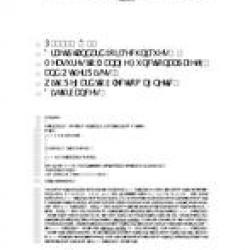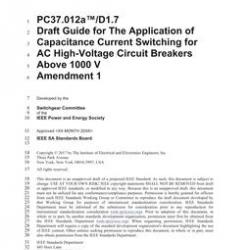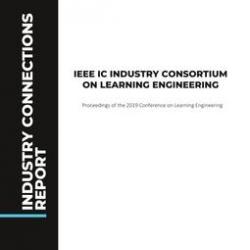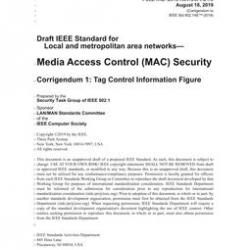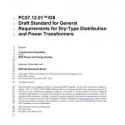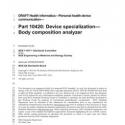Full Description
Scope
This standard specifies a meshed tree bridging protocol for the purpose of forwarding unicast, multicast and broadcast frames in a loop free forwarding topology with zero convergence time on detection of link or switch failure. The meshed tree scheme imposes low operational and control overhead by operating through local information dissemination without flooding or forwarding link details to all switches in the topology. Advanced features are incorporated from the ground-up by defining two additional mutually non-exclusive modes; secure and static topology construction.
Purpose
The purpose of this standard is to specify the methods for establishing several tree-like structures on an existing topology. The protocol leverages any useable path rather than eliminating possible alternate links. Upon changes to the topology, the meshed tree protocol will converge in zero time through the immediate use of alternate pre-determined viable pathways on failure detection.
Abstract
New IEEE Standard - Superseded - Draft.Meshed Tree Bridging protocol ensures that bridged 1 network constituents receive high reliability in frame delivery in the event of link or bridge failures. Meshed Tree Bridging protocol is based on the meshed tree algorithm that allows for simultaneous construction and maintenance of multiple trees or tree branches from a single root. In the event of tree branch failures due to link or bridge failures, another pre-constructed and maintained branch exists as an immediate fallback. Recovery and tree pruning times in meshed tree bridging is minimal. Multiple roots should be pre-assigned to construct multiple distinguishable meshed trees from each root. In the event of a root bridge failure, the standby root and its meshed tree provides loop-free paths for frame forwarding with minimal recovery delays.

